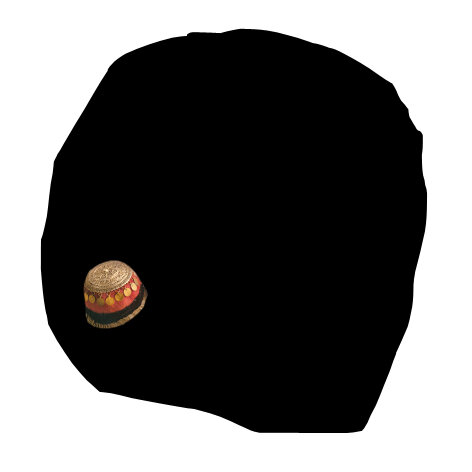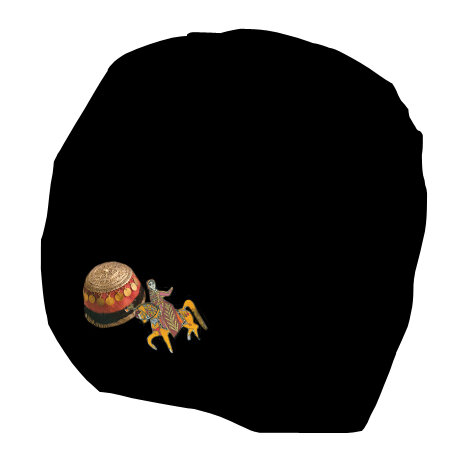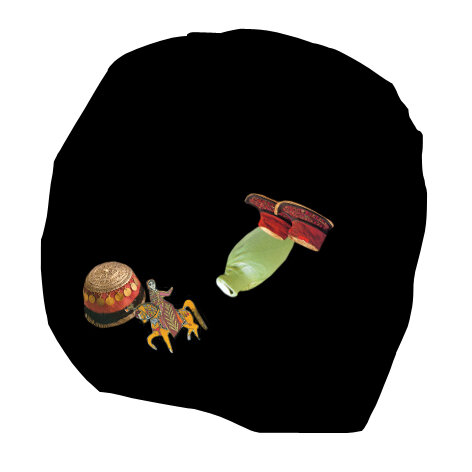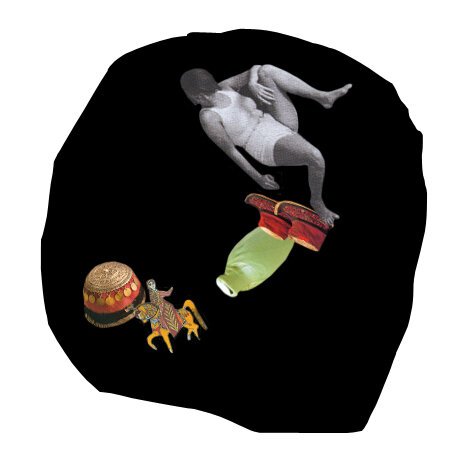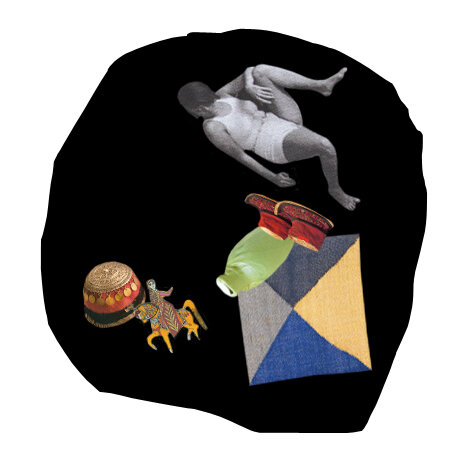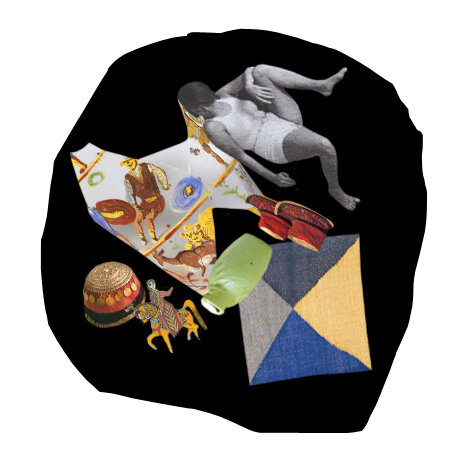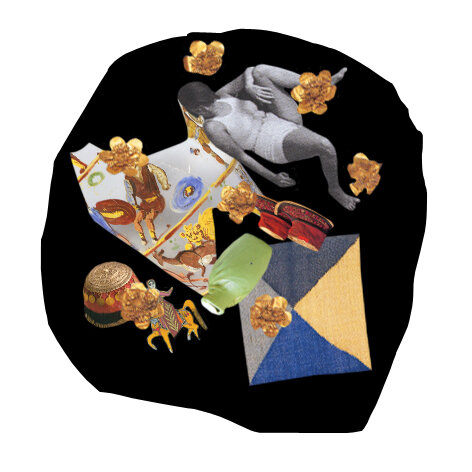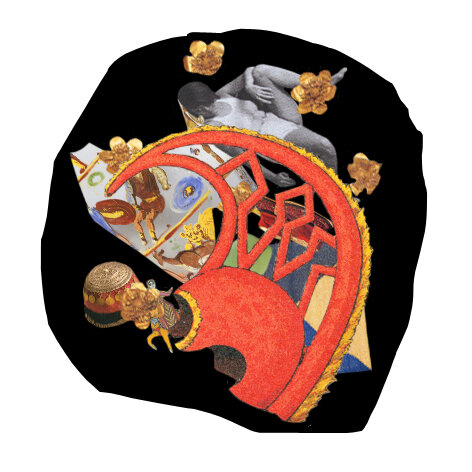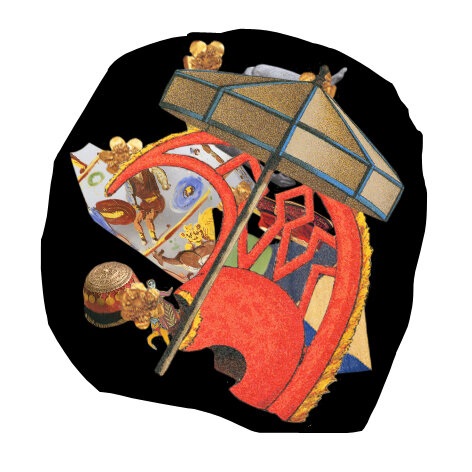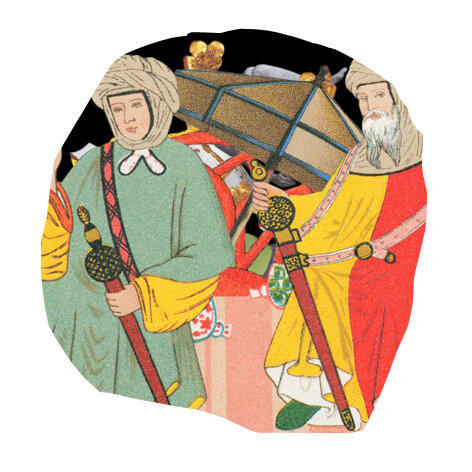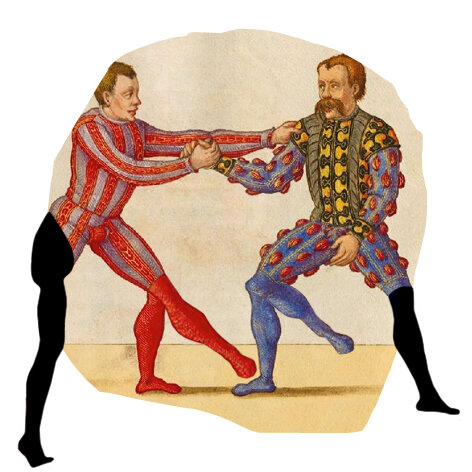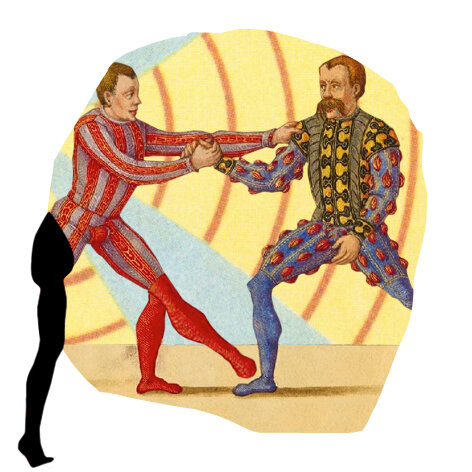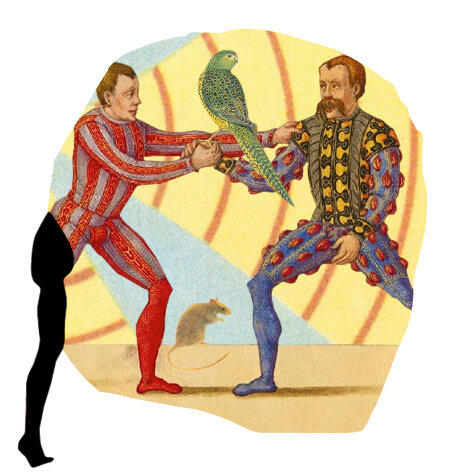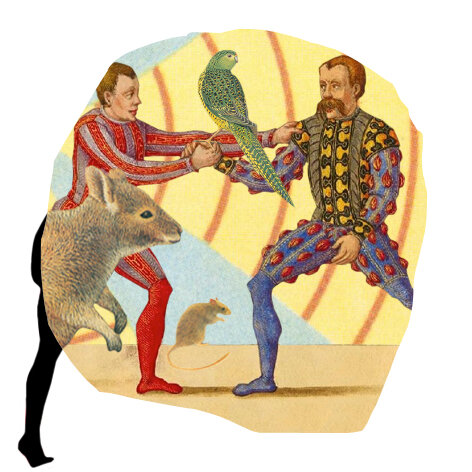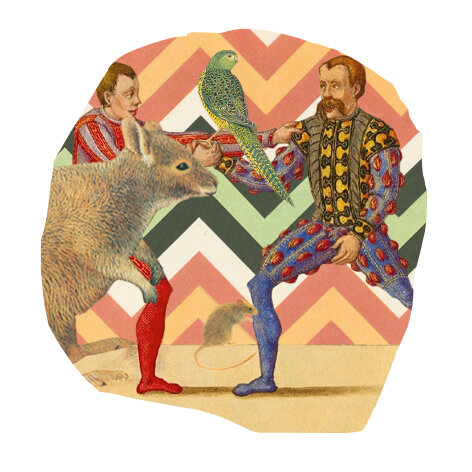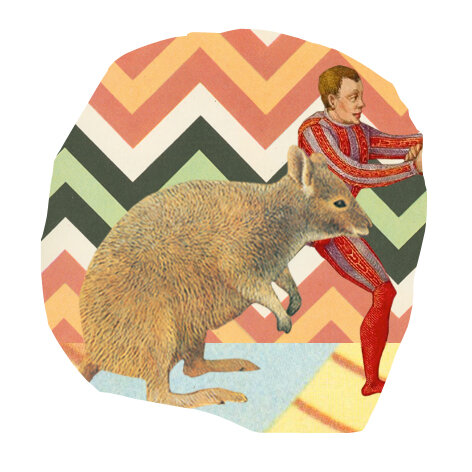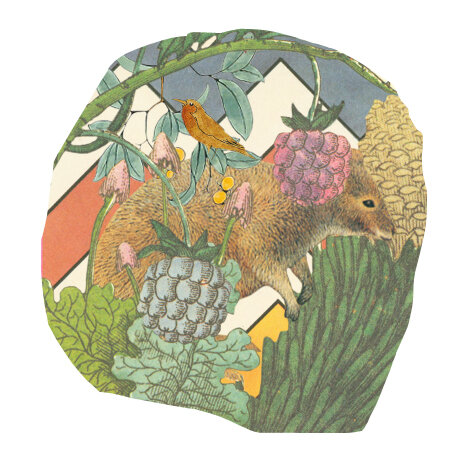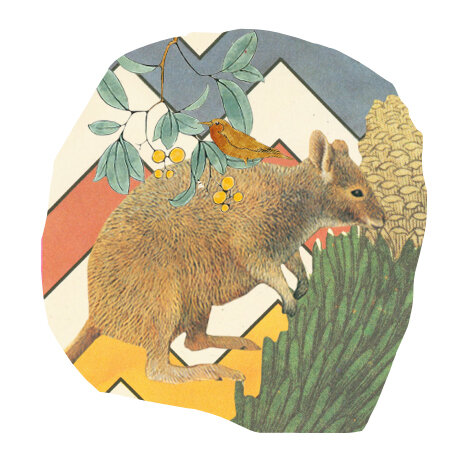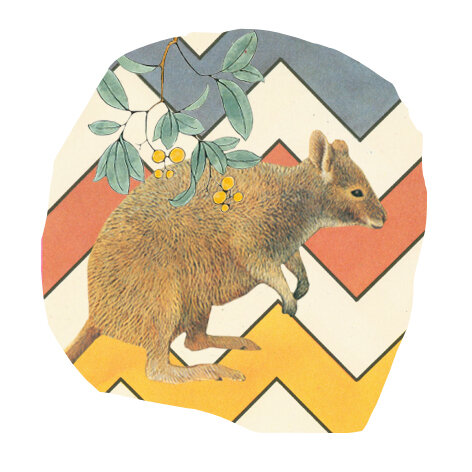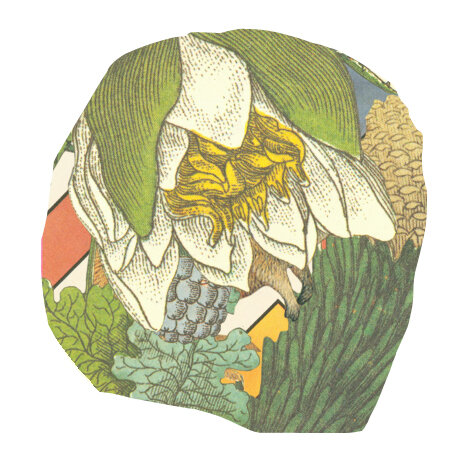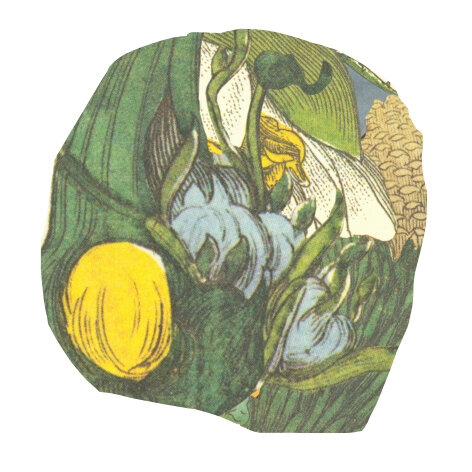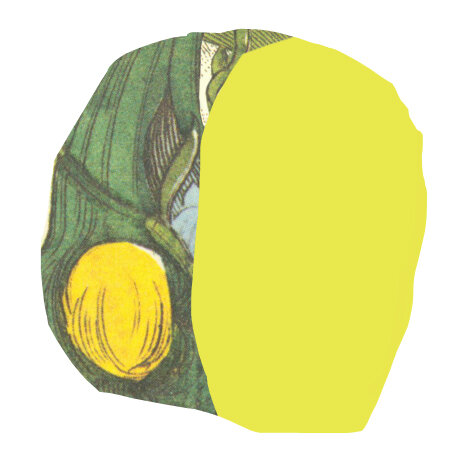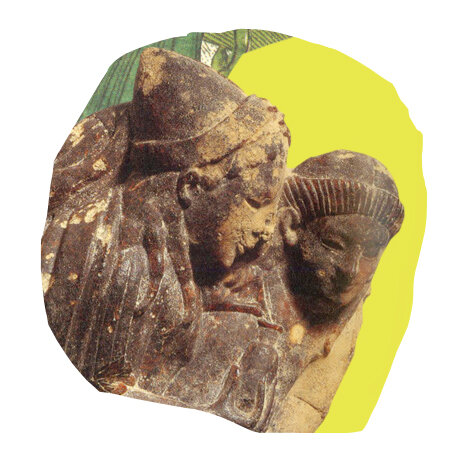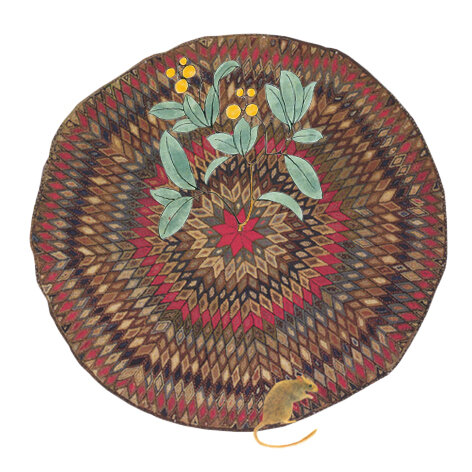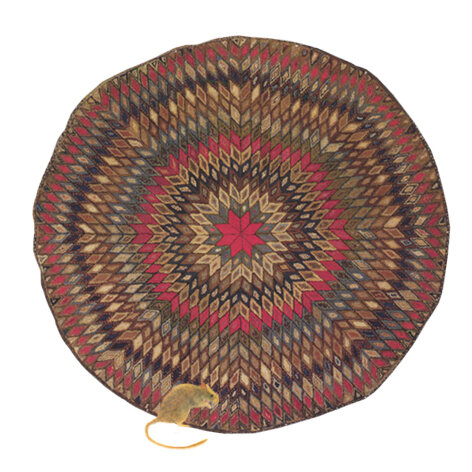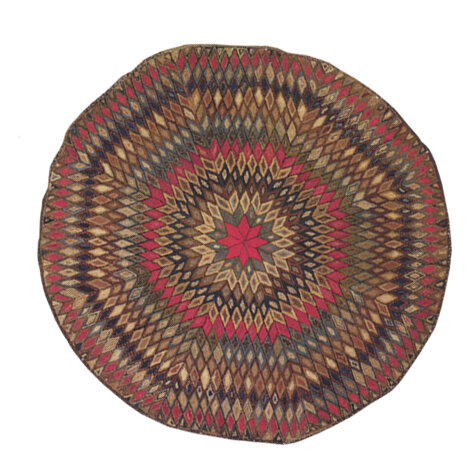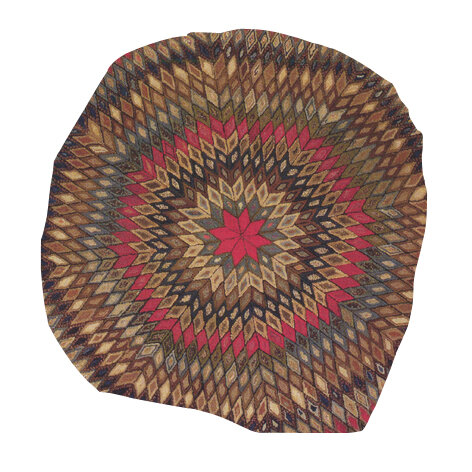MATERIALITY, 2012–2015
1/ Gracia Haby
The Artist and the Book
Written piece for Pinknantucket Press
2012
Materiality
Number 1: BOOK
Published by Pinknantucket Press
Edited by Alice Cannon
2012
Book artists Gracia Haby and Louise Jennison love paper for its adaptable, foldable, concealable, revealing nature. From their limited edition artists’ books to prints, zines, postcards and other projects, the animal is ever-present in their work. “For us, the animal is there to question our very behaviour, those moral principles by which one governs the self, and to explore our relationship with the natural world... we leave our scenes deliberately open-ended. We invite you to ponder, to contemplate, and to perhaps find that things are not as they appear at first glance.”
Alice Cannon
﹏
RELATED LINK,
PINKNANTUCKET PRESS
RELATED POSTS,
CURL AROUND IT OR CRADLE IT
FOCUSING ON THE PHYSICAL AND THE MATERIAL
The Artist and the Book: Gracia Haby tells us more about their attraction to the book format as an artistic medium.
I blame the intimacy of the book. It was perhaps a suggestive wink from a book that first drew me to collage and from there to the process of altering and adding to the printed page. Now, I am not referring to those precious tomes that in library collections most rare reside. Nor am I talking of books deemed sacred by any definition. No, I am talking of books salvaged from dusty piles and rescued from opportunity shops. Books that can be exchanged for a couple of plastic notes of various colours that would otherwise become a meal for silverfish and time. So, before you panic about the corruption of a precious book, remember that the future of these books, these beautiful books, was not always secure. They come with age spots and creases and weak spines. They are hunched. There, I’ve made them human, almost. Like withered folk in a nursing home. Well, perhaps not—I may have inflated my position as Rescuer Supreme a tad too much, like any real collector who saves artefacts from the clutches of the past and then feels inside the warm victorious glow.
Now, where were we? Books—one’s love affair with books. Books ripe for collage. I've one favourite supplier who keeps any tremors of withdrawal at bay. If it sounds like an obsession, then, yes, you'd be right. Collecting can often become an obsession, a devotion sometimes taken a little too far. Obsession is perhaps what steers the ship Louise and I jointly captain across the paper seas. We are linked by a love of paper, be it to draw or paint upon, to fold into concertinas, or to snip at with a pair of scissors until the negative space (typically) is no more and new landscapes are found.
In my search for a suitable book, I am first restricted by the price listed inside the cover. Restrictions and limitations can actually work to the advantage. In a general sense, I look for books that are not so badly damaged that they cannot be used, ones that are chiefly complete. I am not bothered by a rusty staple in a tourist booklet, for this I know can be removed and a stitch tied in its place. I am not adverse to age spots or even marks left from sticky tape.
I look for negative space within the images printed on the page. Primarily, is there enough of it? Or will any hippo or vulture or river otter be too restricted or hampered (even for my liking) by the composition's predetermined confines? Within the existing image on the page, I look for room to add something to the scene. And I look for books that hold scenes that are not, by my definition, too complete and beautiful that no further mark or element is needed. I look for books that feature the landscape or the urban environment prominently. I like to control the scene as a puppeteer controls their puppets and a choreographer their dancers on the stage. I view the scene from such a distance. I look for many images within each book, for this is the arena I doctor with glue pot and brush and elements cut from another book at some earlier stage.
Upon a more practical note, I look for a paper that will agree with glue. Something that is not too thin, for those, when a collage piece is adhered, will ripple in quiet rebellion. I look also for a matte finish, as I will draw on the page with pencil. I use pencil around the edge of the collaged pieces, to soften any white edges that a slightly thicker paper will yield when placed atop another, and to shade, for example, the hind paw of an animal. Shading helps me to marry the piece added to the base below. Seamlessness, that is the aim. I am interested in creating a sleight-of-hand, a fascination that Louise and I carry over into our collaborative collages too. We try, always, to hide the effort of the hand. And, compositionally, we desire the piece to look both effortlessly thrown together and as if it had always been that way. It is all about finding a balance, and working a restriction to an advantage.
A ready supply of books languishing in small darkened stores and a love of a format that requires the viewer to curl around or cradle it—or, if displayed in a case, requires the neck to crane forward and perhaps the nose to hit the glass—this is what draws me to the book and to collage. Printed paper—I am, on second thought, not your master but your slave most willing.
Materiality is a themed journal that includes fiction, essay, images and poetry, focusing on the physical and the material. The first issue features fiction, non-fiction, poetry and photography by Sarah Caldwell, Shirley Cameron, Peter Casey, Gil Fewster, Caren Florance, Carolyn Fraser, Kelly Gardiner, Gracia Haby, Albertine Hamilton, Em Hart, Sally Hart, Mat Larkin, Mark Lawrence, Kirsty Leishman, Mike Lynch, Helen McPherson, Libby Melzer, Chris Miles, Ashley Ng and Anna Ryan-Punch.
2/ Gracia Haby & Louise Jennison
A Jungle Grows in all Spaces flip book collage for Pinknantucket Press
2013
Materiality
Number 2: TIME
Published by Pinknantucket Press
Edited by Alice Cannon
2013
For our part of Materiality’s Time issue, we created A Jungle Grows in all Spaces, a collage of thirty-three moving parts to appear in the lower left-hand corner of every printed page. A flip book tale in which all returns to nature, or does it?
●
The second issue of Materiality is all about TIME. It examines our relationship with time as it is observed and measured by our physical environment, our bodies and our material culture. Inside you’ll find fiction, essay, image and verse about the stuff of time: clocks and watches, calendars, sundials, timetables, time capsules, death certificates, and many other things besides.
You’ll read about how capitalism co-opted time through the invention of time clocks, the development of medieval books of hours, the rise of the squirrel people, Viking bone structures, the frozen remnants of Antarctic expeditions, and crack patterns in paintings. A special edition zine by Mike Lynch is included in the back pocket. The TIME issue also features flip book illustrations by Gracia & Louise and Albertine Hamilton.
Alice Cannon
3/ Gracia Haby
The Artist and the Book
Cover artwork for Pinknantucket Press
2014
Materiality
Number 3: PRECIOUS
Published by Pinknantucket Press
Edited by Alice Cannon
2014
Materiality’s Precious issue features a collage from the artists’ book A headdress to show you how much I care (2012).
●
This issue of Materiality examines the relationship between precious things and our identity—cultural and personal. Read about gold mining and selling, the lost thylacine, love letters, illuminated manuscripts, a broken doll, Japanese lacquer, saffron, trash vs treasure and interviews with a jeweller, a luthier and a gemologist.
Materiality is a themed journal that includes fiction, essay, images and poetry, focusing on the physical and the material. Materiality sources content from writers, artists, conservators, curators, craftspeople, hobbyists, enthusiasts, photographers, materials scientists, engineers, designers and architects.
Cover image: A headdress to show you how much I care (detail), by Gracia Haby. Artists’ book, unique state, featuring collage elements and pencil, 2012. Gracia Haby is a Melbourne artist. She and fellow artist Louise Jennison explore the possibilities of paper-based media, such as artists’ books, zines, and postcard collages.
Alice Cannon
﹏
RELATED POSTS,
PRECIOUS PRINT
WHAT IS THIS WORK LIFE BALANCE YOU SPEAK OF?
4/ Gracia Haby & Louise Jennison
The Eye of the Tiger artwork for Pinknantucket Press
2015
Digital collages
Collaborative collages created, in 2015, for The Eye of the Tiger Omnibus, a collection of creative works (fiction and non-fiction) inspired by the phrase “The Eye of the Tiger”, to be published by Pinknantucket Press.

